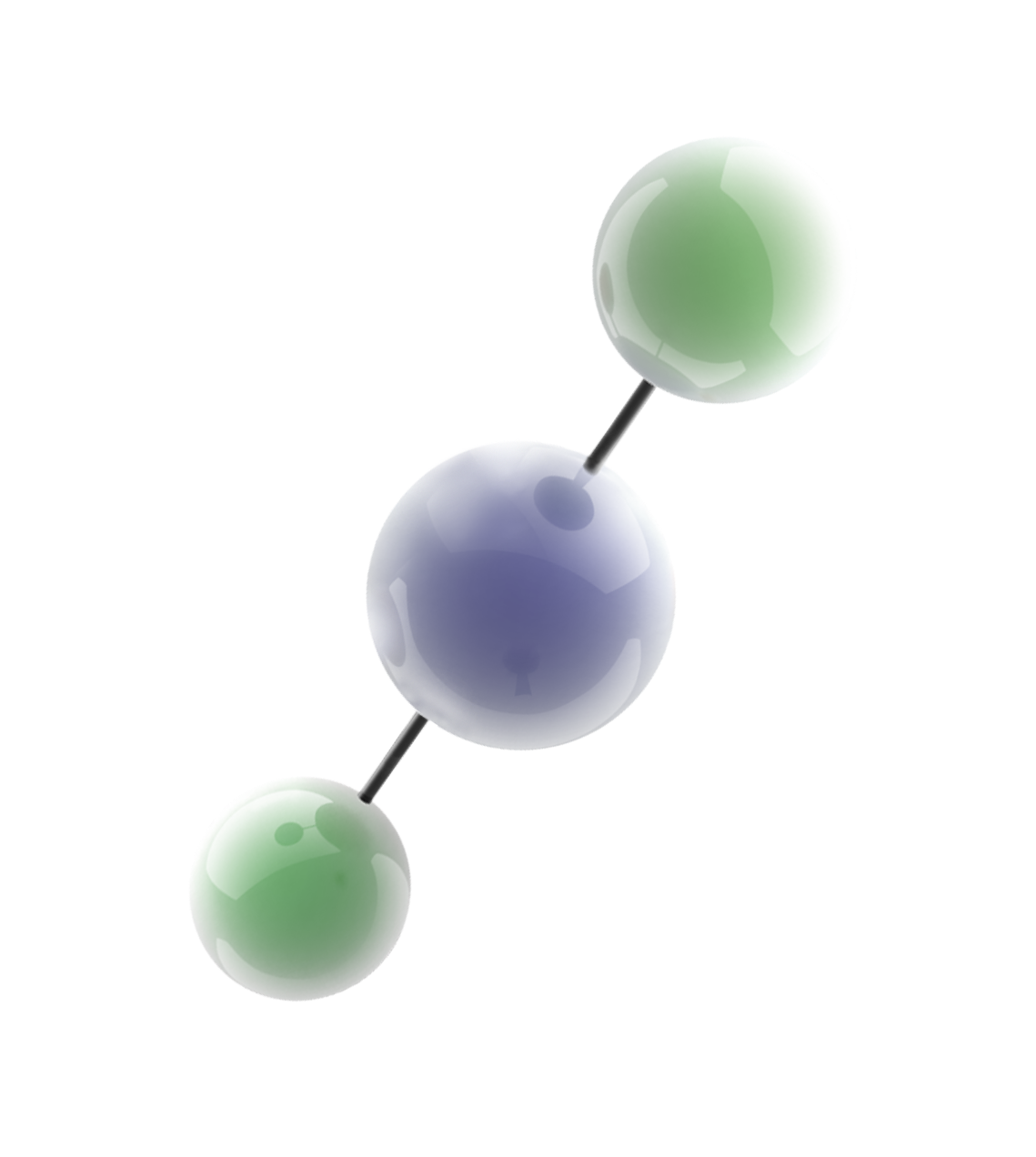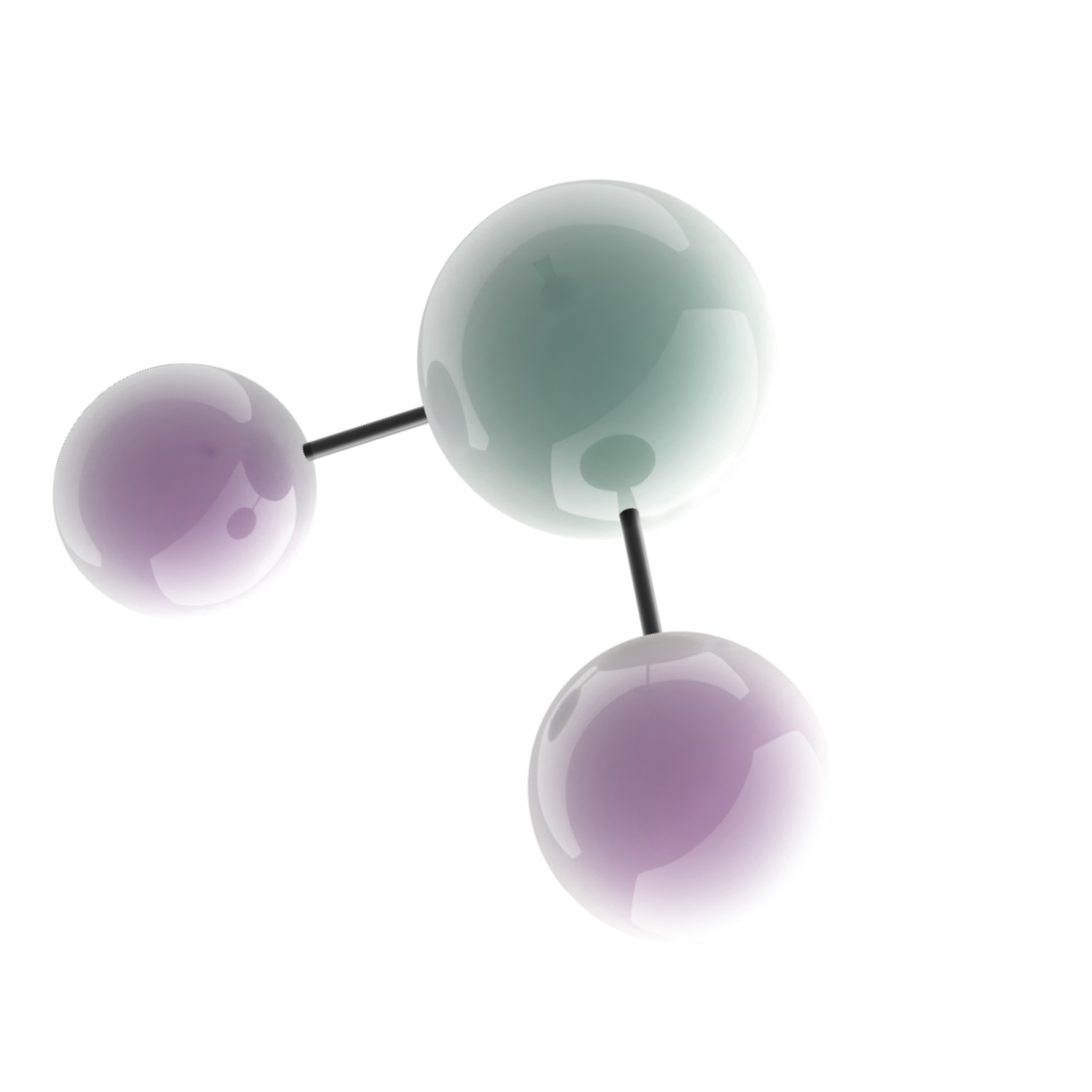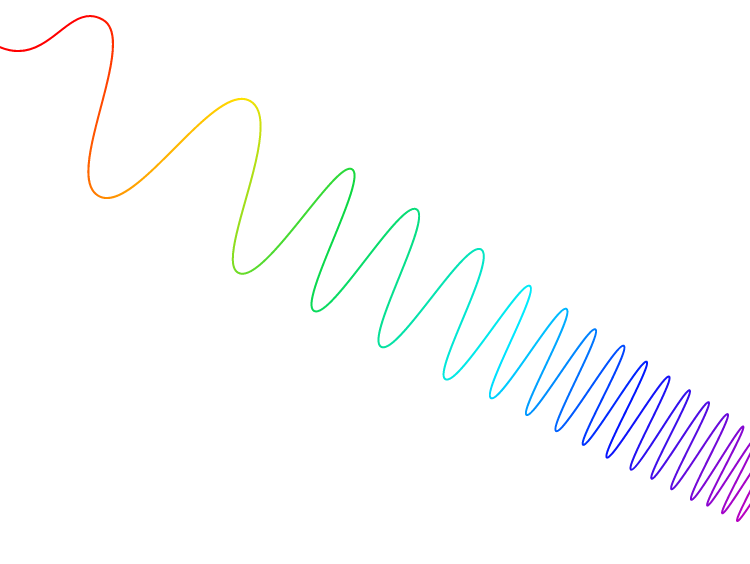Air is a valuable environmental resource along with water and soil. Aerosols, including PM2.5, floating in the air cause health hazards, and are important substances for climate change prediction. Aerosols have been measured with specialized equipment, but by developing an algorithm called SNAP-CII, we realize that "anyone can observe the atmospheric aerosols with a smartphone".

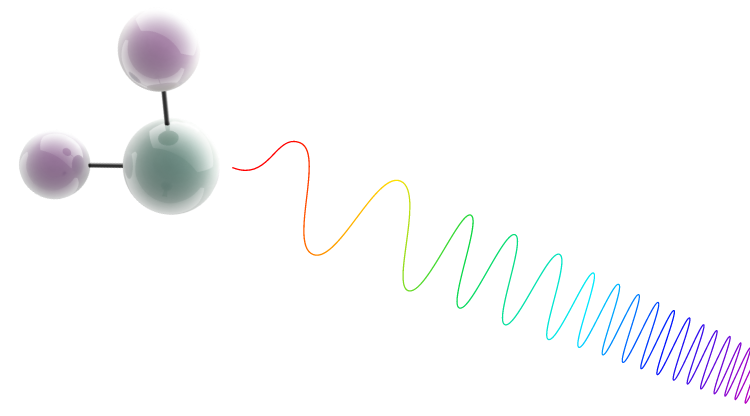
SNAP-CII is
SNAP-CII is an algorithm for estimating aerosol concentration from image data taken by general cameras such as smartphones.
Aerosols and air molecules scatter sunlight differently depending on the blue, green, and red wavelength components.
SNAP-CII extracts blue, green, and red components from the captured sky image data and classifies the aerosol concentration into three levels (low, middle, and high) (Fig.).
The sky appears blue because air molecules scatter more blue light when aerosol concentration is low.
Tthe sky appears white or gray because the aerosols scatter blue, green, and red light with equal intensity when aerosol concentration is high.
SNAP-CII can obtain aerosol concentration with high accuracy by learning this difference with a machine learning model.
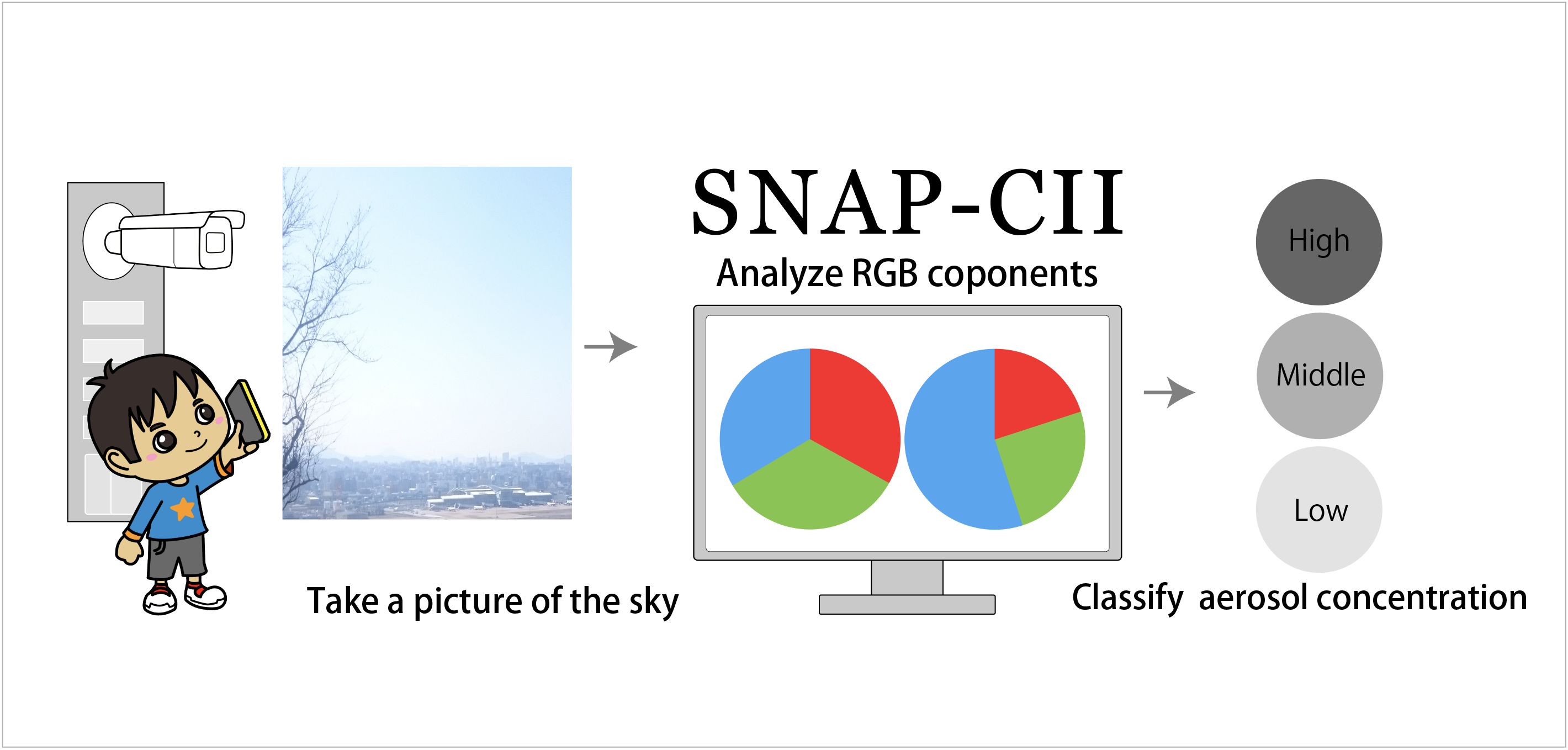
We measure our sky
SNAP-CII has the potential to build a huge aerosol observation database comparable to satellite observations, which are good at continuous wide-area observations.
Cameras we use on a daily basis, such as our smartphone, will become an aerosol observation device, and casual photography will become an aerosol observation if SNAP-CII establishes a camera-based aerosol observation method.
Until now, the air quality of the day could only be obtained from specialized sites or the government, but from now on, you will be able to measure it yourself.
In the future, we aim to collect photographs taken by these citizens, create a database of aerosol concentration data obtained by SNAP-CII, and share it widely.
Aerosol Observation Network with Citizen Participation
SNAP-CII research started in 2020 as a joint research project by NICT, Kyushu Institute of Technology, Fukuoka University, and Tokyo Metropolitan University, and Weathernwes Inc. joined in 2021.
In addition, we have received the cooperation of many people, including the Kitakyushu Foundation for for the Advancement of Industry, Science and Technology, the University of Kitakyushu, Nagasaki University, and Meiji Gakuen High School, for the installation of observation cameras and the provision of photographic data.
NEWS:
26-27. 11. 2024
Pollutec Paris 2024
We set up a booth of SNAP-CII at the international exhibition Pollutec Paris 2024.
23. 12. 2022
The lecture in Meiji Gakuen high school was released in Yomiuri Shimbun newspaper.
30. 11. 2022
Lecture at Meiji Gakuen high school in Kitakyushu city
Continuing from the lecture on October 7th, we analyzed the photo data actually taken by the first-year high school students and gave feedback on the results. Current air pollution problem was discussed with Mr. Matsuoka, director of the Kitakyushu Environment Museum.
7. 10. 2022
Lecture at Meiji Gakuen high school
Lectured on the current state of global environmental issues for first-year high school students, and requested their cooperation in photographing data used in SNAP-CII research. Mr. Matsuoka, director of the Kitakyushu Environment Museum, also gave a lecture.
4. 2. 2022
Lecture at the ICT R&D support seminar in Kyushu
Lecture on SNAP-CII research at the ICT R&D Support Seminar in Kyushu co-sponsored by the Kyushu Bureau of Telecommunications with NICT and the Kyushu Island Alliance of ICT (KIAI).
https://www.soumu.go.jp/soutsu/kyushu/info/topics20220204_1.html
28. 1. 2022
Lecture at Seminar of "Science and Technology, and SDGs" organized by Kitakyushu Environment Museum
